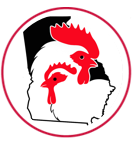Recent Posts
-
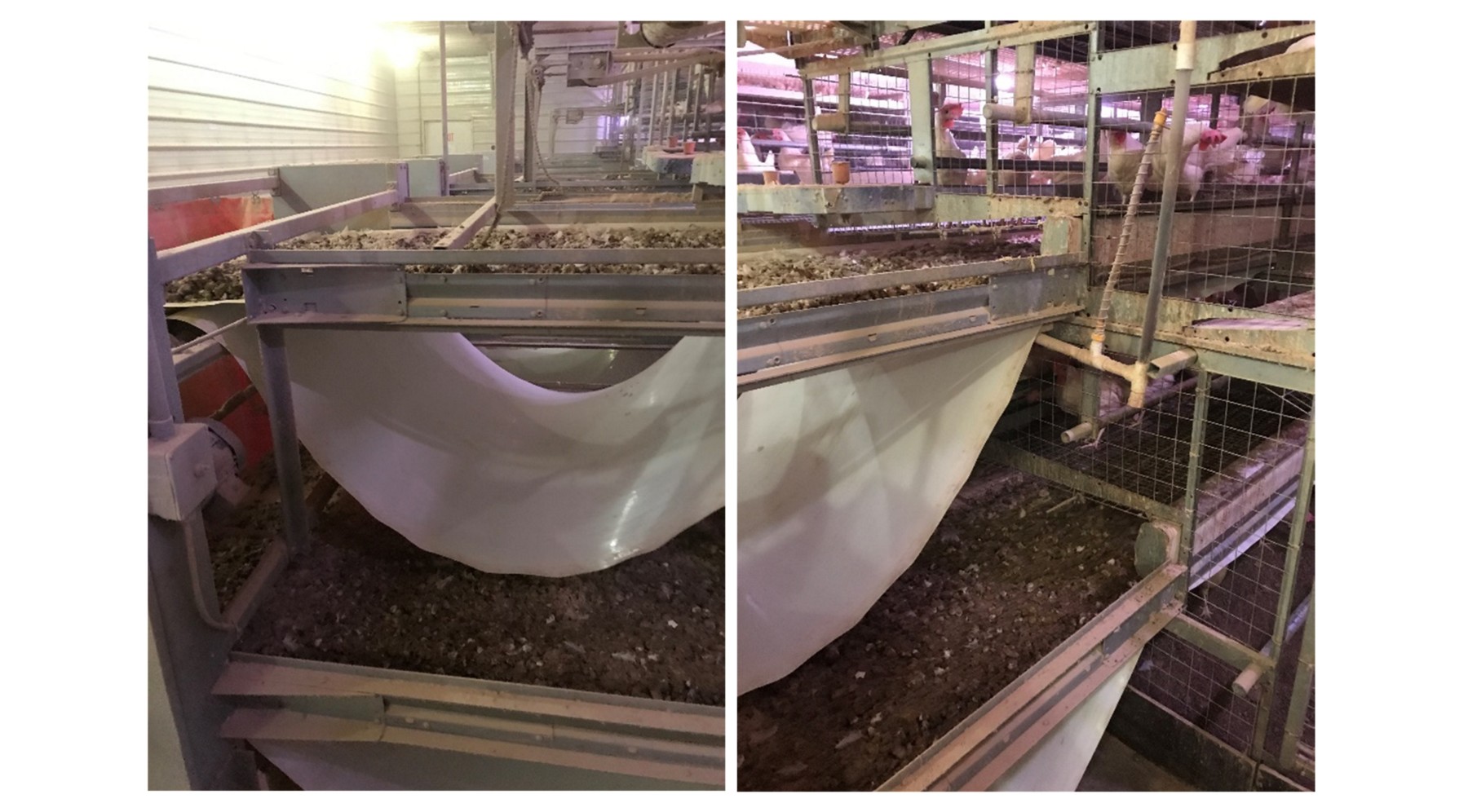
Author: Dr. Lilong Chai, Assistant Professor & Poultry Engineering Specialist Importance of Layer Manure Drying A layer house with 100,000 hens produces 1,500 to 2,000 tons of manure every year. Fresh layer manure contains about 75% moisture that must be reduced prior to storage and land application. High moisture manure can lead to higher transport…
-

Dr. Lilong Chai, UGA Poultry Engineering Specialist Heat Stress in Laying Hens Heat stress is one of the primary concerns for laying hen production in the summer as heat waves may significantly increase flock mortality and reduce egg production in hen houses. The use of mechanical ventilation and cooling cells are popular cooling methods used…
-
Cage-free production and floor egg issues Poultry production (meat and eggs) provides cost efficient protein for human beings. Currently the U.S. is the world’s largest broiler producer (41 Billion lbs. in 2017) and the world’s 2nd largest egg producer (105 Billion table eggs in 2017). However, the U.S. egg industry is facing a number of…
-
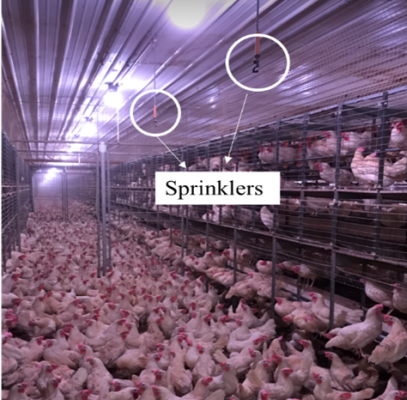
PDF Version Cage-free henhouse and dust Concerns over animal welfare have led to pledges of sourcing only cage-free eggs by many U.S. food retailers and restaurants such as Walmart and McDonald’s by 2025 or 2030. According to the current number of pledges, it would take more than 70% of the current US layer inventory to…
-
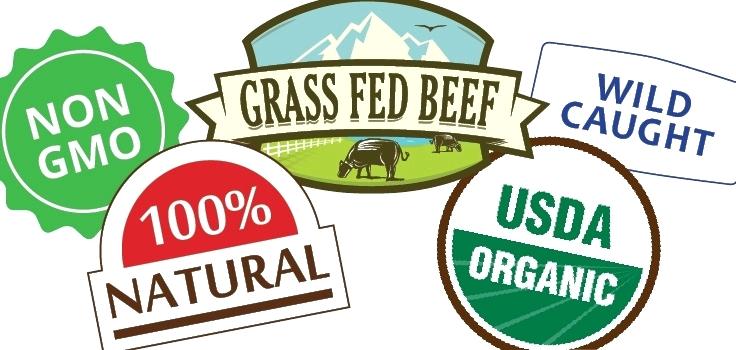
Over the years, there has been an increased demand for organically or naturally produced poultry products mostly due to the perception that these products are safer, tastier and healthier. In the United States, organic poultry broiler production increased from 1.9 million birds in 2000 to more than 10.4 million in 2005, while organic layer production…
-
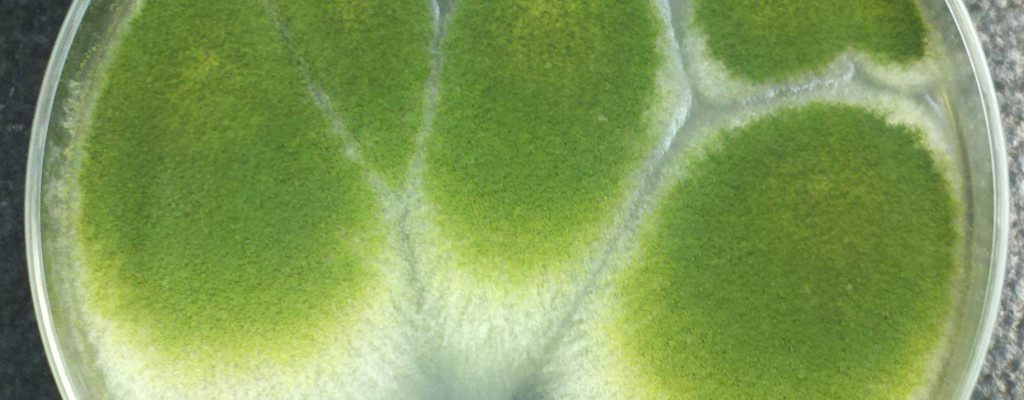
PDF Version Mycotoxins are secondary metabolites produced by certain fungi. Secondary metabolites are compounds that are produced by an organism but are not required for normal metabolic activities like growth or reproduction. Antibiotics are also secondary metabolites produced by fungi, however, the classification of something as an antibiotic or a mycotoxin is based on whether…
-
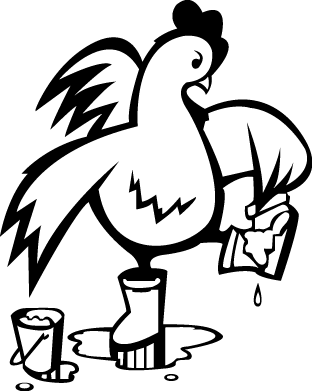
PDF Version Often heard, frequently misunderstood, “biosecurity” is a set of practices that all poultry owners should know and implement to protect their poultry flocks from disease. Birds that are raised under pastured or free-range management styles are particularly in need of attention due to their increased exposure to environmental disease sources. What is biosecurity?…
Posted in: Biosecurity -
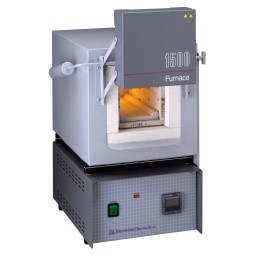
PDF Version Since the creation of the United States Environmental Protection Agency (USEPA) and subsequent implementation of the Clean Water Act in the early 1970s, poultry processing plants have been required to continually improve the quality of their process wastewater effluent discharges. The determination of wastewater quality set forth in environmental permits has been established…
-

PDF Version Now that your hens are laying, how will you handle your eggs? Whether the eggs will be hatched or eaten, they should be collected frequently. Eggs that are laid late in the day should be collected and not left for the next day. For optimal hatchability, hatching eggs should be collected at least…
-
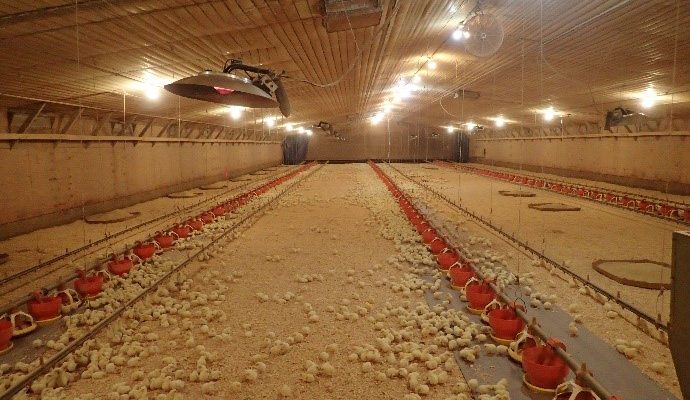
PDF Version The brooding period is important to getting chicks off to a good start and influences flock performance. Depending on the market weight, the brooding period represents as much as 1/3 of the grow-out period. The chick is still developing and will grow rapidly during this period. The objective is to minimize stress on…
